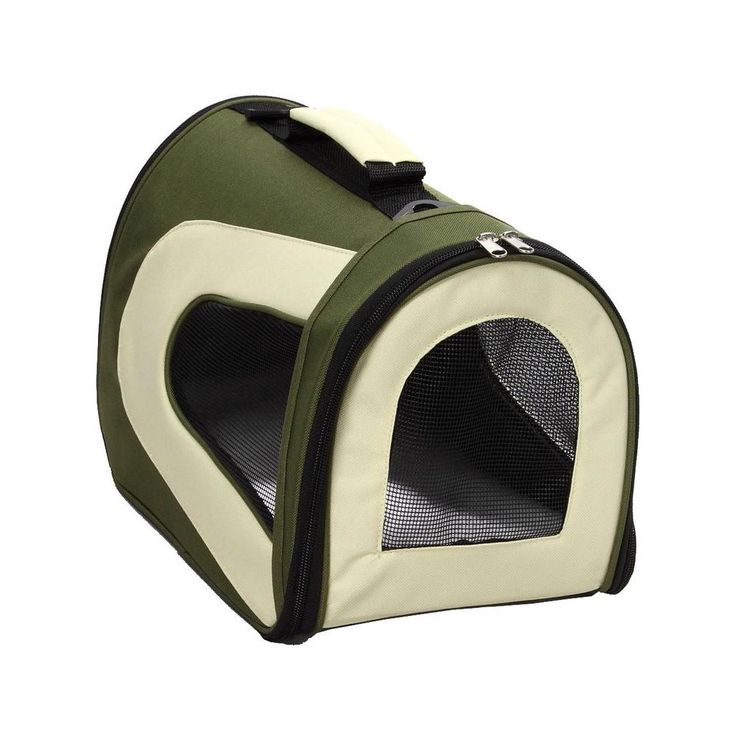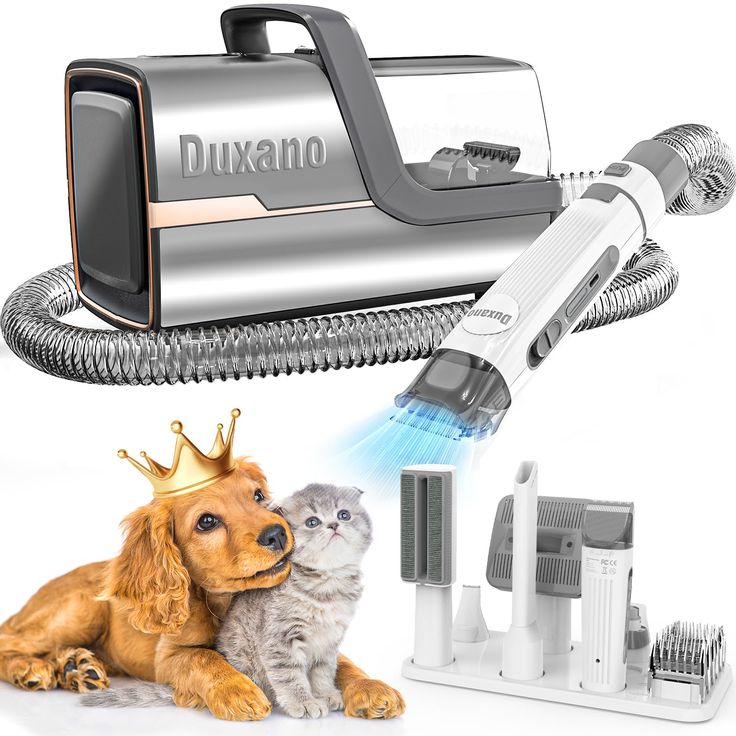Maintaining proper dental hygiene is crucial for your dog’s overall health, just as it is for humans. An electric toothbrush for dogs can revolutionize how you approach your pet’s oral care routine. Traditional brushing methods often fall short, leading to periodontal diseases and other dental issues. This comprehensive article will explore the benefits, features, and best practices associated with the electric toothbrush for dogs, ensuring that you can provide the best care for your furry friend.
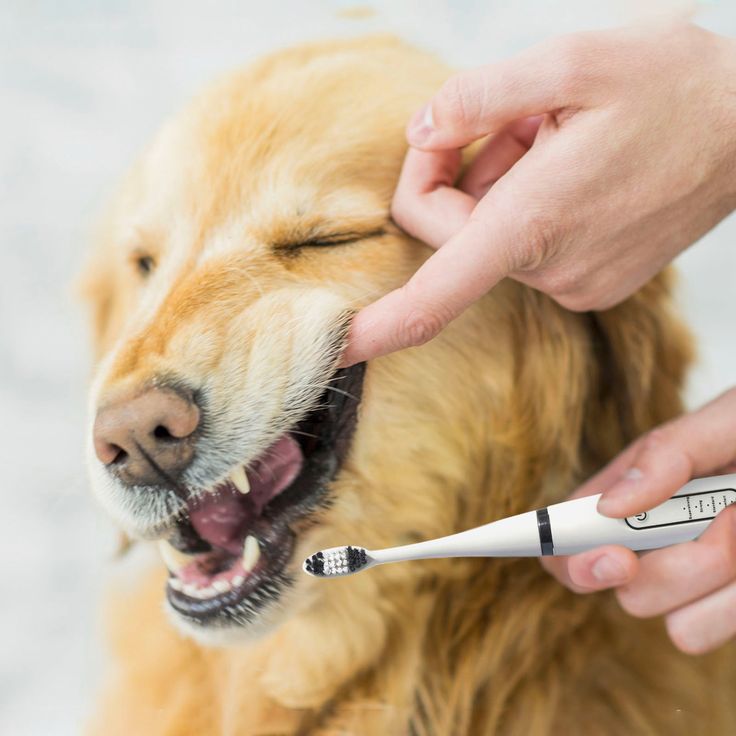
Understanding Dog Dental Care
Dental care for dogs often gets overlooked, yet it plays a fundamental role in their health. Plaque and tartar buildup can lead to serious conditions such as gum disease, tooth decay, and even infections that affect vital organs. Most dogs suffer from some form of dental disease by the age of three, making regular dental care essential.
Using an electric toothbrush for dogs not only helps remove plaque more effectively than manual brushing, but it also makes the process less tedious for both the owner and the pet. The vibrations from an electric toothbrush can reach areas brushing manually may miss, providing a more thorough clean. Understanding the value of dental hygiene in dogs can motivate pet owners to invest in better tools, such as an electric toothbrush.
Benefits of Using an Electric Toothbrush for Dogs
Electric toothbrushes designed for dogs provide numerous advantages over traditional brushing methods. Here’s a closer look at the benefits:
1. Enhanced Cleaning Power
Electric toothbrushes often feature multiple speed settings and specialized bristle designs specifically engineered for pet dental care. These brushes can reduce plaque and tartar buildup more effectively than a manual toothbrush, resulting in healthier gums and teeth.
2. Ease of Use
Many pet owners find it challenging to brush their dog’s teeth thoroughly. An electric toothbrush simplifies the process, often requiring less effort from the owner. Plus, the gentle vibrations can make the experience more pleasant for your dog. The brush moves at a higher frequency, which helps clean while you focus on holding your pet comfortably.
3. Time Efficiency
Brushing your dog’s teeth with an electric toothbrush typically takes less time than manual brushing. The enhanced cleaning power means that you can achieve a thorough clean in a fraction of the time. This time efficiency is particularly beneficial for busy pet owners who may struggle to fit daily dental care into their schedules.
4. Positive Associations
For many dogs, the buzzing sound of an electric toothbrush can become a positive reminder associated with oral care. By developing a routine using the electric toothbrush alongside treats or praise, you can help your dog associate teeth brushing with something enjoyable.
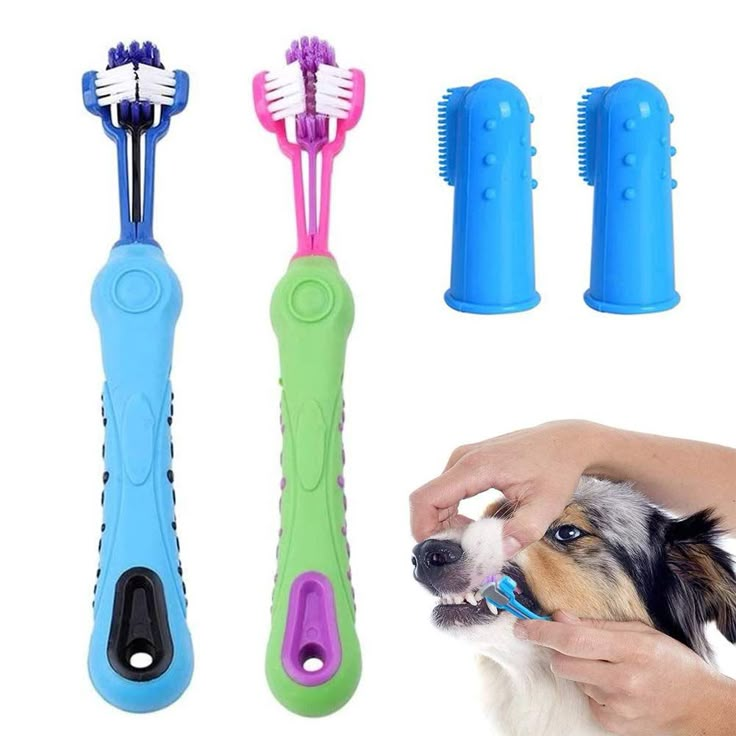
Choosing the Right Electric Toothbrush for Your Dog
When considering the purchase of an electric toothbrush for dogs, various factors come into play. Here’s what to look for:
1. Size and Weight
Choose an electric toothbrush that fits comfortably in your hand and is easy to maneuver around your dog’s mouth. The brush head should be sized appropriately based on your dog’s size. Smaller breeds may require smaller heads, while larger dogs may benefit from more robust cleaning tools.
2. Bristle Type
Opt for soft bristles that won’t damage your dog’s gums. Some models offer varying bristle types for different sensitivities, making it essential to find the right option for your dog. Look for brushes labeled specifically for pets to ensure they meet their unique dental needs.
3. Battery Life and Charging Options
Battery life is crucial. You don’t want your toothbrush running out of power mid-brush. Many electric toothbrushes for dogs offer rechargeable batteries, which are environmentally friendly and convenient.
4. Noise Level
Some dogs may be sensitive to noise. Ensure you select an electric toothbrush that operates quietly to avoid startling your pet. Research user reviews to find models known for their low noise levels.
5. Additional Features
Consider additional features or bundled items when selecting an electric toothbrush. Some brands may include extra brush heads, cleaning solutions, or even interactive toys that help engage your dog during their brushing routine.

Establishing a Dental Care Routine
An electric toothbrush for dogs streamlines the brushing process, but establishing a consistent routine is essential for your pet’s dental health. Here’s how to create an effective dental care regimen:
1. Start Early
If you have a puppy, begin brushing their teeth at an early age. Familiarizing them with tooth brushing early on can help reduce anxiety later in life. If your dog is older and you’re beginning the dental routine, be patient and introduce the toothbrush gradually.
2. Use the Correct Technique
Use gentle, circular motions when brushing your dog’s teeth. Focus on areas where plaque buildup is most common, such as at the gum line and the back of the mouth. Allow the electric toothbrush to do the work for you while keeping the process gentle and comfortable for your dog.
3. Consider Frequency
Aim to brush your dog’s teeth at least two to three times a week, if not daily. Consistency is key in managing plaque and tartar buildup, and regular brushing can significantly reduce the risk of dental disease.
4. Enhance with Dental Chews
While an electric toothbrush is a great tool for dental care, consider incorporating dental chews into your dog’s routine. Dental chews can help reduce plaque and provide additional support to your dog’s dental health. However, they should not replace the need for regular brushing.
5. Schedule Professional Cleanings
Even with the best home care routine, some tartar and plaque buildup will inevitably occur. Take your dog for regular professional dental cleanings. Consult your veterinarian to establish a schedule that works best for your dog’s needs.
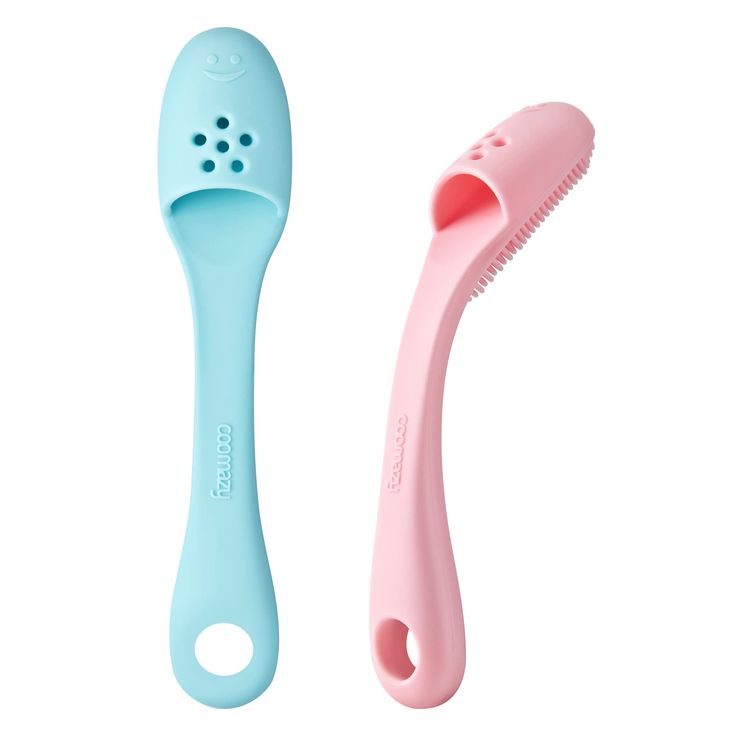
Common Dental Issues in Dogs
Using an electric toothbrush for dogs can mitigate several common dental issues. Familiarizing yourself with these problems enhances your ability to care for your pet effectively. Here are some prevalent dental issues in dogs:
1. Periodontal Disease
Periodontal disease is one of the most common dental problems in dogs. It begins with plaque buildup, which can lead to gingivitis and eventually result in tooth loss if left untreated. Regular brushing using an electric toothbrush can significantly reduce the risk of developing this condition.
2. Tooth Decay
Just like humans, dogs can also experience tooth decay. Left unchecked, this decay can lead to pain and infection. Cleaning your dog’s teeth regularly allows early detection of any potential decay before it becomes a serious issue.
3. Bad Breath
Bad breath in dogs can indicate poor dental health. Using an electric toothbrush can help prevent bad breath by removing harmful bacteria and food particles. Maintaining your dog’s dental hygiene goes a long way toward refreshing their breath.
4. Tartar Buildup
Tartar is hardened plaque that can cause discoloration and gum irritation. Once it hardens, it’s much more challenging to remove. Regular brushing is essential for keeping tartar at bay and ensuring a healthy mouth.
Integrating Dental Care into Your Dog’s Routine
Making dental care an integral part of your dog’s routine is crucial. Incorporate brushing with activities your dog enjoys, making the process more engaging. Start by allowing your dog to observe the electric toothbrush, letting them sniff and investigate.
Use positive reinforcement, such as treats or praise, during and after brushing. This association helps your dog feel more at ease with the process. Integrating brushing into your daily schedule, such as after walks or meals, can establish a routine that becomes second nature.
Utilize dental toys or specific cleaning solutions alongside the electric toothbrush for added effectiveness. Many breeds respond well to playful interactions, making their dental care routine enjoyable. Engaging your dog in this process can make oral care less of a chore and more of an anticipated part of their day.
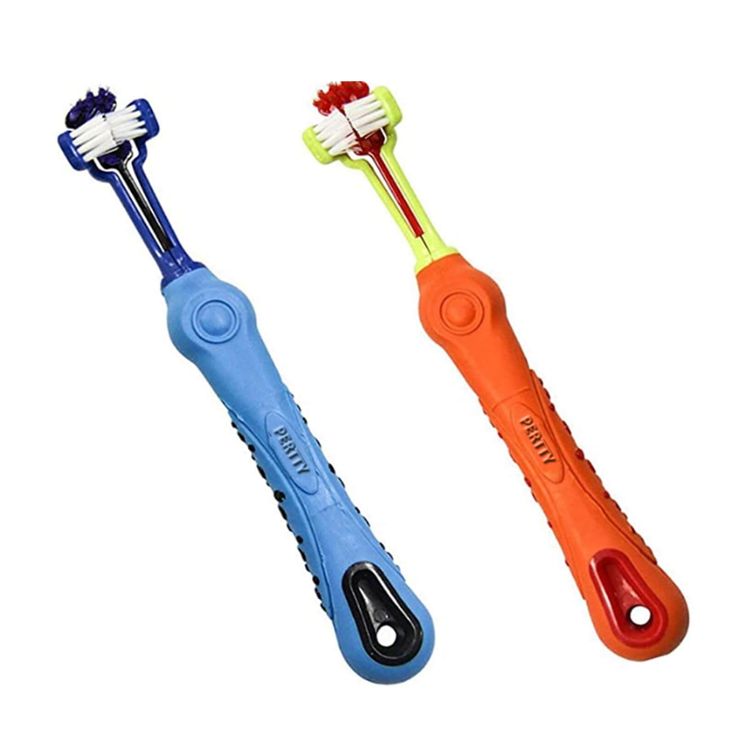
Conclusion: Elevating Your Pet’s Dental Care
Utilizing an electric toothbrush for dogs elevates the standard of care you provide for your furry friend. By committing to regular dental hygiene, you play a crucial role in ensuring your pet’s health and happiness. From selecting the right electric toothbrush model to establishing a consistent care routine, these steps contribute significantly to your dog’s overall well-being.
Additionally, awareness of common dental issues can motivate you to prioritize your dog’s oral health effectively. With routine professional checkups complementing home care, you can mitigate potential dental problems before they arise.
Investing time and energy into your dog’s dental care is rewarding. Healthy teeth lead to a healthy life, ensuring your pet remains vibrant and active for years to come. Embrace the opportunity to enhance your dog’s quality of life through proper dental hygiene, and watch as your furry companion thrives with a bright, healthy smile.

